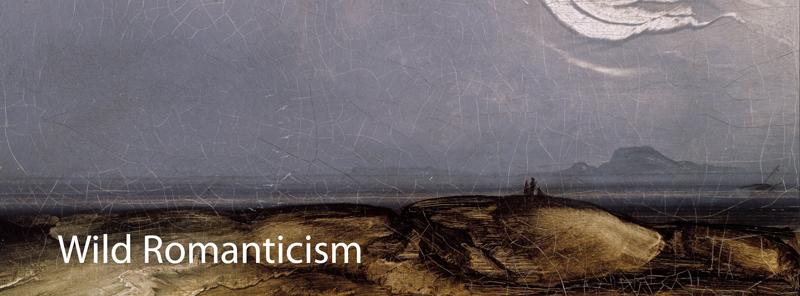Call for papers
Since the turn of the 14 th century, the term "wild" has suggested ecologies and passions outside of humanity´s control. During the romantic period, discourses of nationalism combined with a resistance to industrialization to concentrate attention on that which was wild in nature – the uncultivated, the sublime, the politically and culturally unassimilable. Simultaneously, authors explored the outward bounds of cultivated behavior. Horses (in Byron) and hearts (in Wordsworth) were said to run “wild.”
Drawing on recent work in eco-criticism and studies of affect, the Wild Romanticism conference will foster discussions of the relationships between the conceptualization of the wild in nature and wild behavior or wild emotions. Gary Snyder writes that "Nature is what we are in" and "the wild" is "a process that has been going on for eons." "Wilderness" denotes those areas where that process has been allowed greater freedom, but the process of nature's wild-ing occurs constantly. How did authors in the romantic period imagine this process occuring in uncultivated, uninhabited, or un-traversable land? What did it mean for passions or behavior to "run wild" in different political or social contexts? What figures or natural phenomena are repeatedly designated "wild"?
Proposals for twenty-minute papers addressing the above themes within romanticism in any national context are invited. Proposals for panels of 3-5 participants are also welcome. These may consist of papers on a unified theme or shorter written reflections and discussion.
Topics may include :
- tensions of wild / tame or wild / cultivated
- the wildness of materiality
- wilderness as a spatial and political designation
- the sublime
- exploration
- green romanticism
- romanticism and the Arctic wilds
Interested scholars should send 300-word abstracts to Cassandra Falke no later than December 20, 2017.
